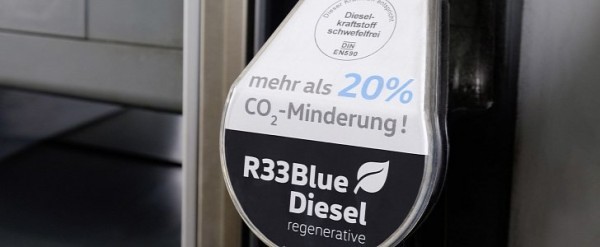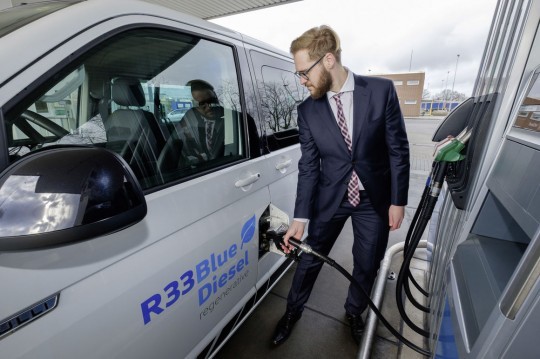
There are however interests in keeping diesel on the market, so it’s likely we’ll not rid ourselves of this energy source anytime soon. That doesn’t mean efforts aren’t being made to make diesel cleaner.
For several years now, companies have been trying to develop so-called green fuels, obtained from refining various byproducts of other industries.
One of the most advanced such fuels in the world is the one produced by Finnish oil company Neste. The Finns have been at work developing what they called renewable diesel, produced through a vegetable oil refining process.
Following complicated chemical processes, Neste came up with a product that has a chemical consistency similar to regular fuels. They call it MY Renewable Diesel and has been used over the past ten years in various combinations to power airplanes, turbines, generators, ships, yachts, and working machines from mines and construction sites.
By the company’s calculations, the use of their fuel helped cut greenhouse gas emissions by 33 million tons globally since its introduction.
That quantity would, of course, be much larger if this fuel was to be used on a large scale to power cars as well. Because it can be used in combination with regular diesel, it offers practically unlimited options for oil and car companies.
At the beginning of the year, German manufacturer Volkswagen began testing its own variant of the MY Renewable Diesel, one they call R33 BlueDiesel. As the year comes to a close, Volkswagen announced it successfully completed the test phase of the fuel at an in-house filling station in Wolfsburg.WHAT IS IT
 R33 diesel is a fuel that comprises one-third renewable components and the rest regular diesel. In this case, the renewable component is created from processing cooking fat.
R33 diesel is a fuel that comprises one-third renewable components and the rest regular diesel. In this case, the renewable component is created from processing cooking fat.
This variant of the renewable diesel has been developed by Volkswagen, the Coburg University and Neste. As per the Germans, it can be used as is in diesel cars just as any other regular fuel, because of the fact that it complies with diesel standard DIN EN 590 and fulfills all criteria for use as a standard fuel.
Its use does not require modifications to be made to neither the car’s engines nor to the filling stations that choose to use it.
That, in essence, means that in the not so distant future it could be used at public gas stations. In fact, Volkswagen did hint to plans of selling the car as Green Premium, but stopped short of providing additional details.
In the Volkswagen tests, the new fuel was found to have cut CO2 emissions in cars by as much as 20 percent, thanks to the fact that it burns a lot cleaner that regular diesel. HOW DO THEY MAKE IT
As said, R33 BlueDiesel is a mix of bio raw materials and regular diesel fuel. The biocomponent is, in fact, the cooking fat used for instance for frying potato chips. When it’s done cooking meals at fast foods job, the fat is removed, filtered and cleaned to give it a second use.
The second part of converting cooking fat into fuel is to process it into a paraffin mixture. This is added on top of the regular fuel, on a one-to-three ratio.
As per Volkswagen, its BlueDiesel has a 33 percent biodiesel composition, hence the R33 in its name.








